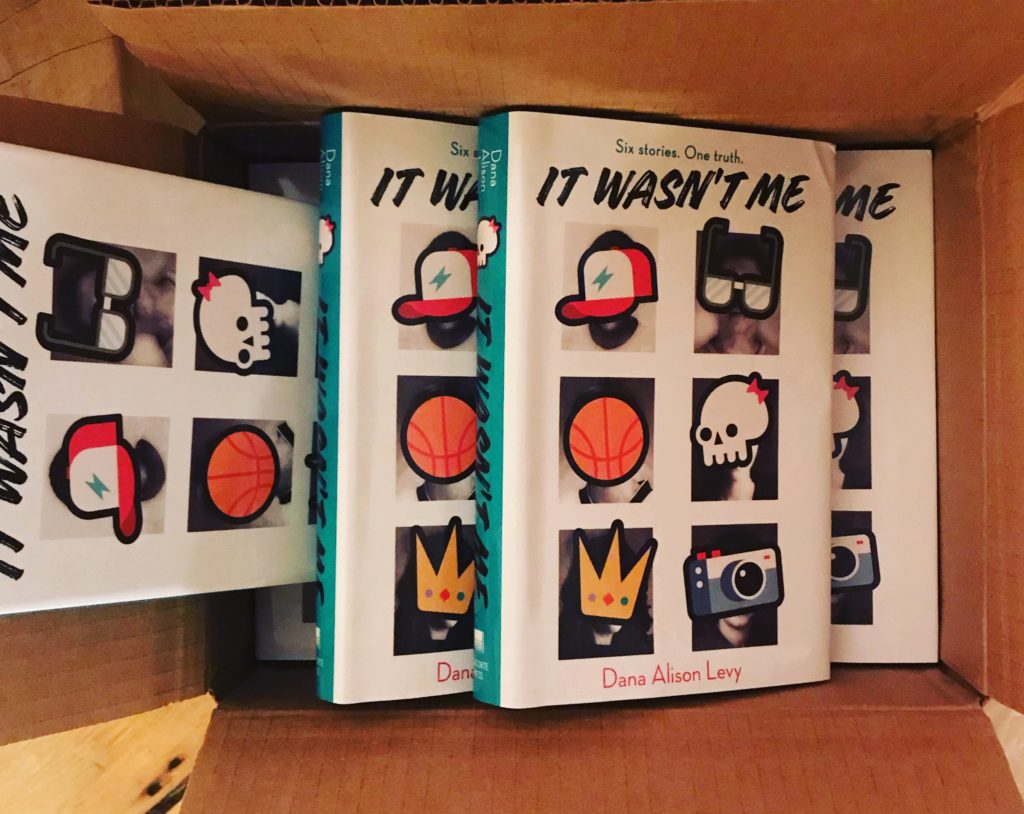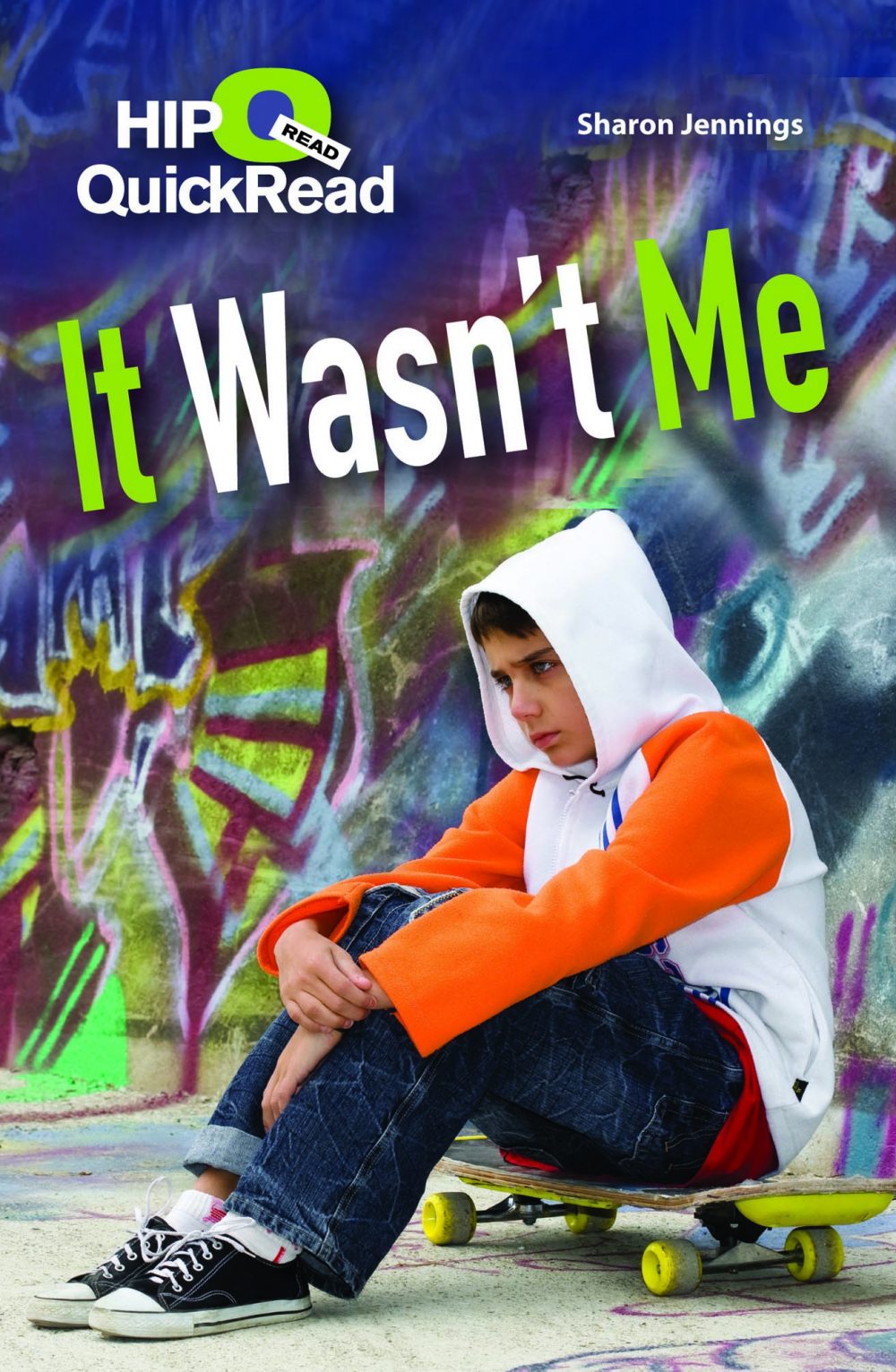

Goofy, playful, and mischievous Ruby is fully dimensional, as she has shown her bravery during the many hardships of her young life. An elephant glossary and Castelao’s charming, illustrated guide to elephant body language help immerse readers in Ruby’s world. The unexpected arrival of someone from Ruby’s past life on the savanna revives memories both warmly nostalgic and deeply traumatic. Ruby was born in an unspecified part of Africa, later ending up on display in the mall, where she met Ivan, Bob, and Julia. Luckily, she can confide in her Uncle Ivan, who is next door in Gorilla World, and Uncle Bob, the dog who lives nearby with human friend Julia. She’s apprehensive about her Tuskday, a rite of passage for young elephants when she’ll give a speech in front of the rest of the herd. In this follow-up to 2020’s The One and Only Bob, Ruby the elephant is still living at Wildworld Zoological Park and Sanctuary. Both refreshingly and frustratingly, Theo’s sexual orientation is never made explicit the text emphasizes the impact of the harassment rather than the relevance of its content.Ī timely, introspective whodunit with a lot of heart. Of the five suspects, Jax and Andre are African-American, while Alice Shu appears Asian, and Molly and Erik are identified as white along with Theo.

Fans of Levy’s Fletcher Family series about two white dads and their adopted sons will recognize Jax Fletcher.


In true Breakfast Club fashion, the time spent together is sometimes hilarious and sometimes tragic, and it leaves secrets revealed-one student recently lost a sibling, several are navigating cultural expectations and stereotypes, Theo’s dad split last year-and intimate connections forged. A “non-horrible” teacher brings Theo and the five suspects together in a radical approach to conflict resolution, reminding them that “all of us are fighting unseen battles.” Told primarily through Theo’s first-person present-tense perspective, punctuated by daily assessments completed by his classmates, the book resists casting any one character as the obvious perpetrator. Six seventh-graders in small-town Massachusetts reluctantly spend school vacation week participating in a restorative-practice justice circle in hopes of identifying a vandal.Īmateur photographer Theo is the victim of a hate crime-his self-portraits in the student gallery defaced with “scribbled threats gay slurs” and followed by a seemingly related incident in the darkroom-yet none of the five students who were in the gallery at the time admit culpability.


 0 kommentar(er)
0 kommentar(er)
